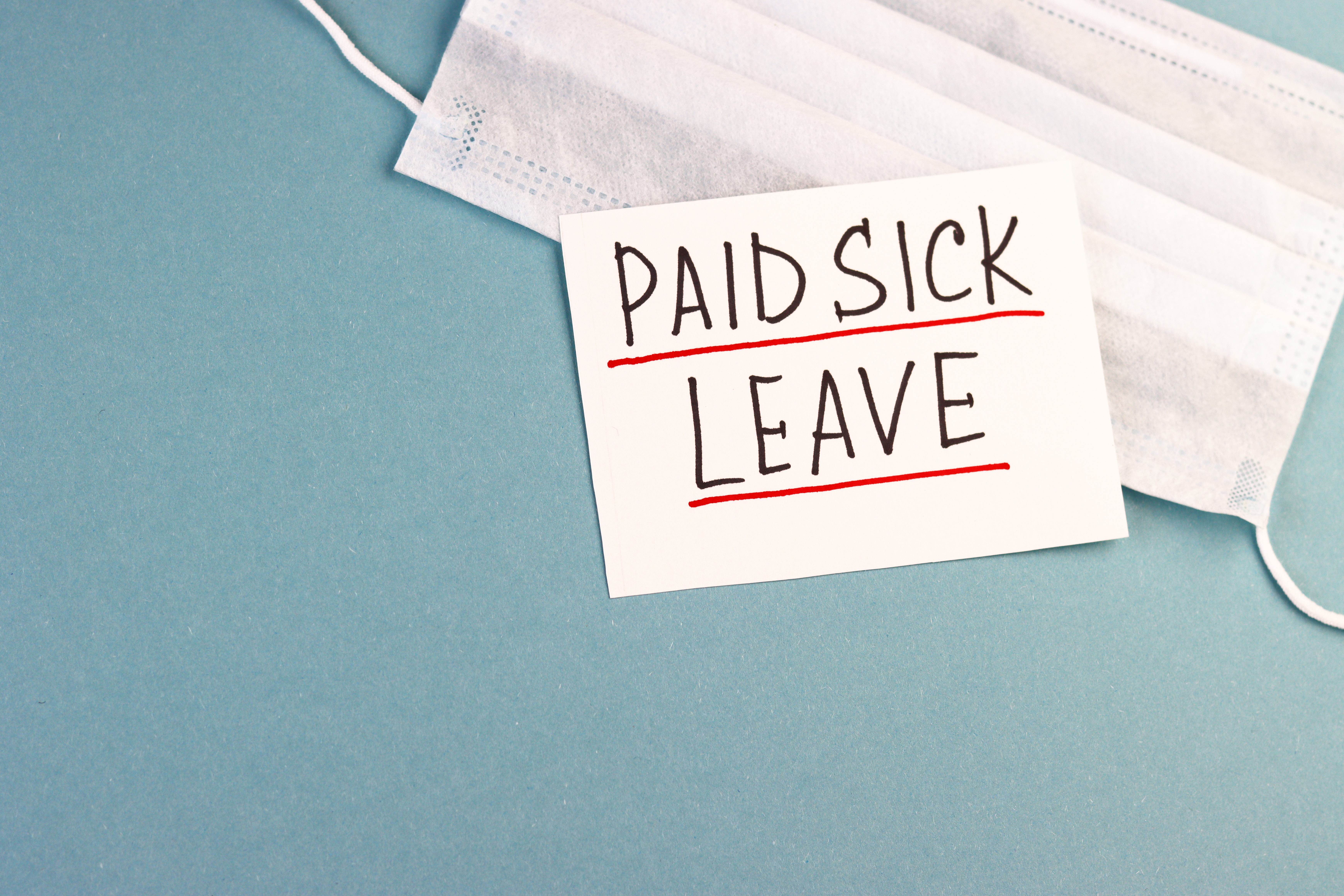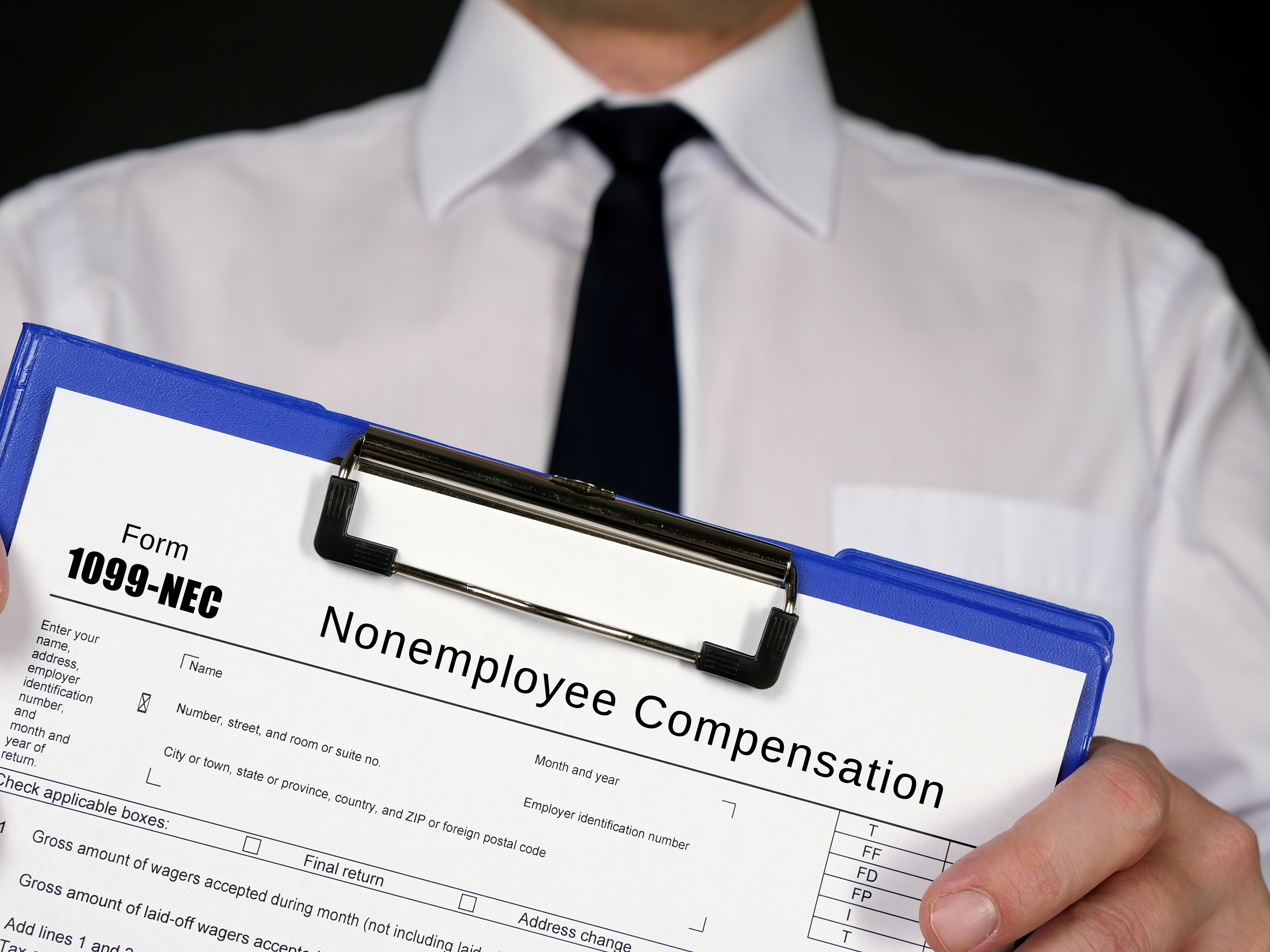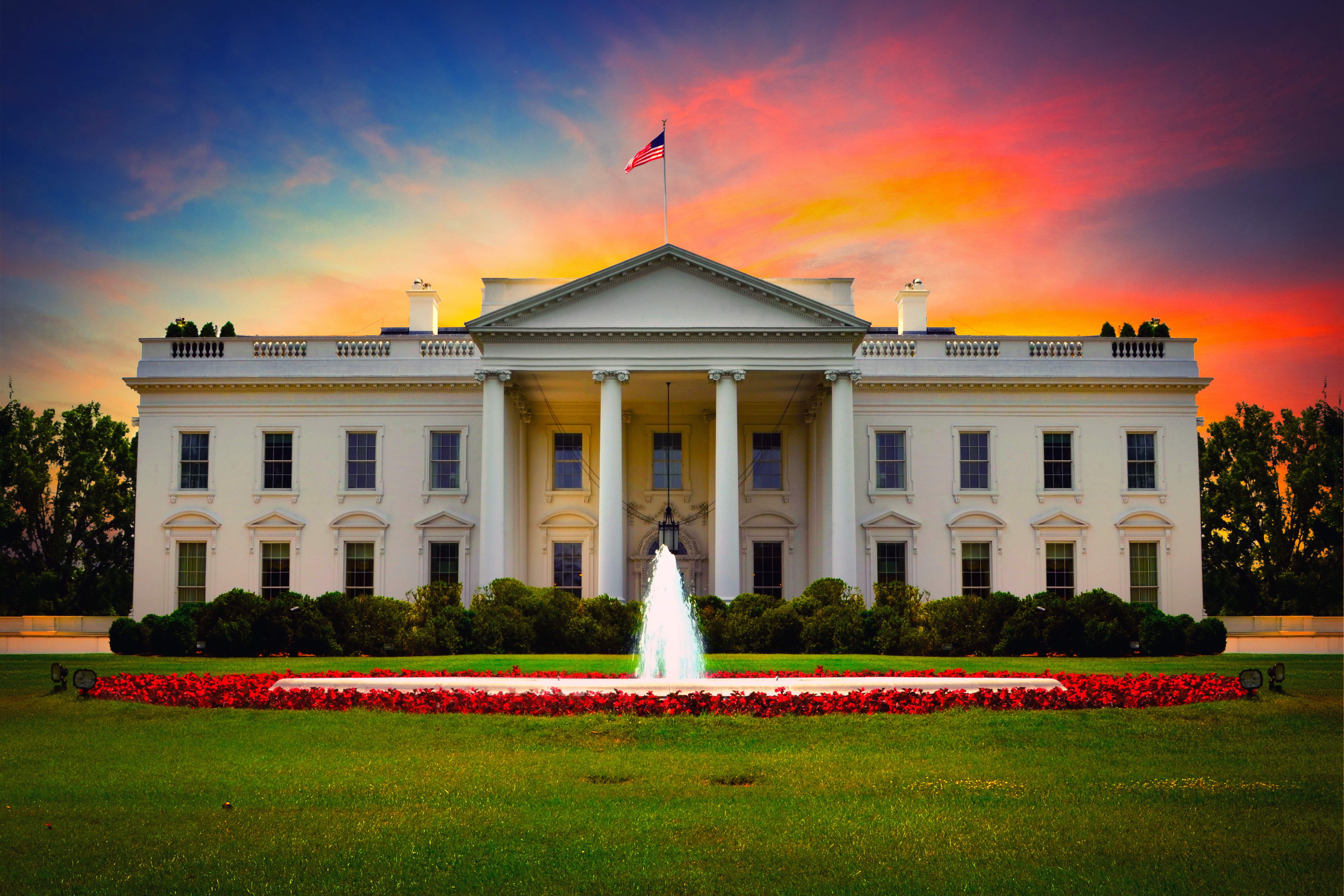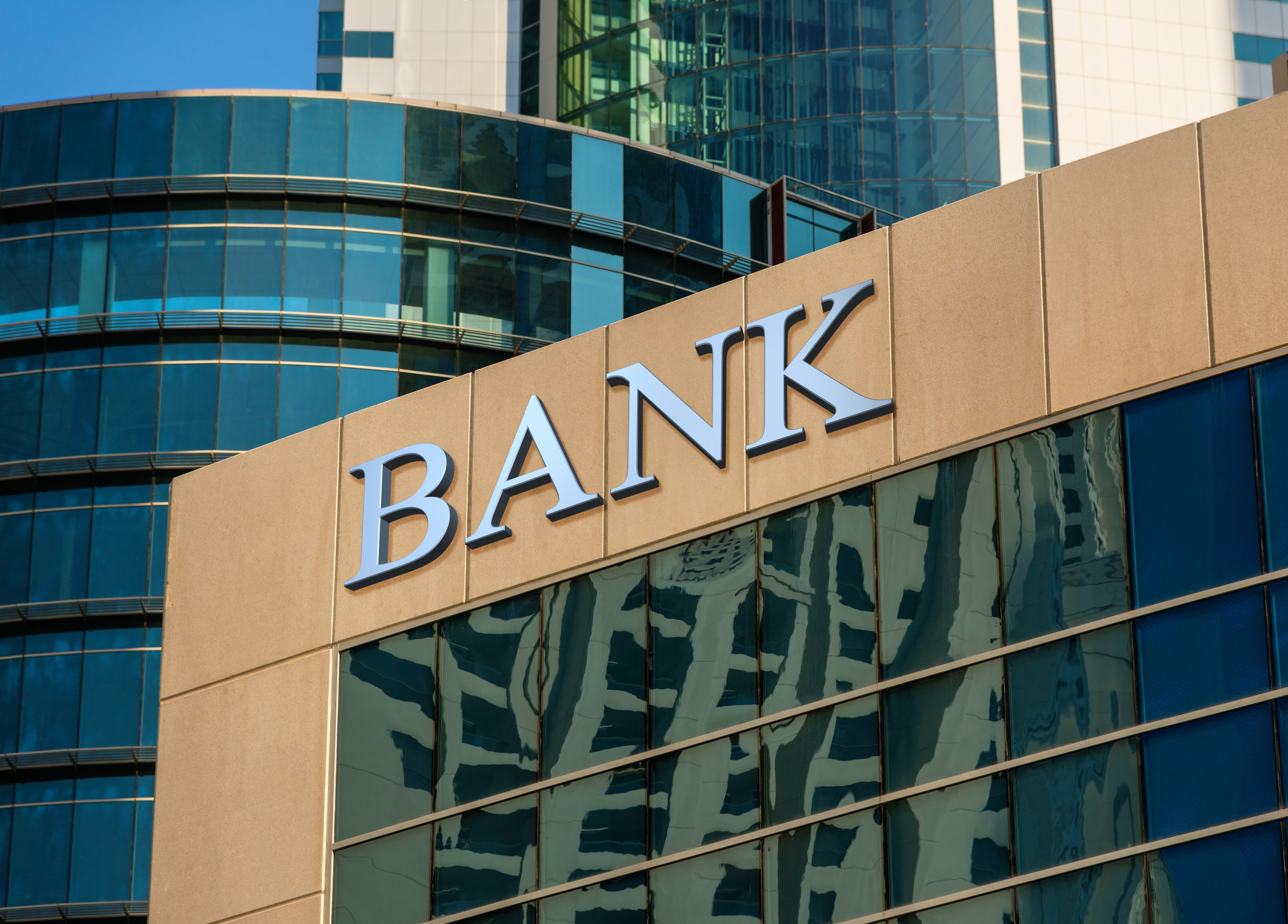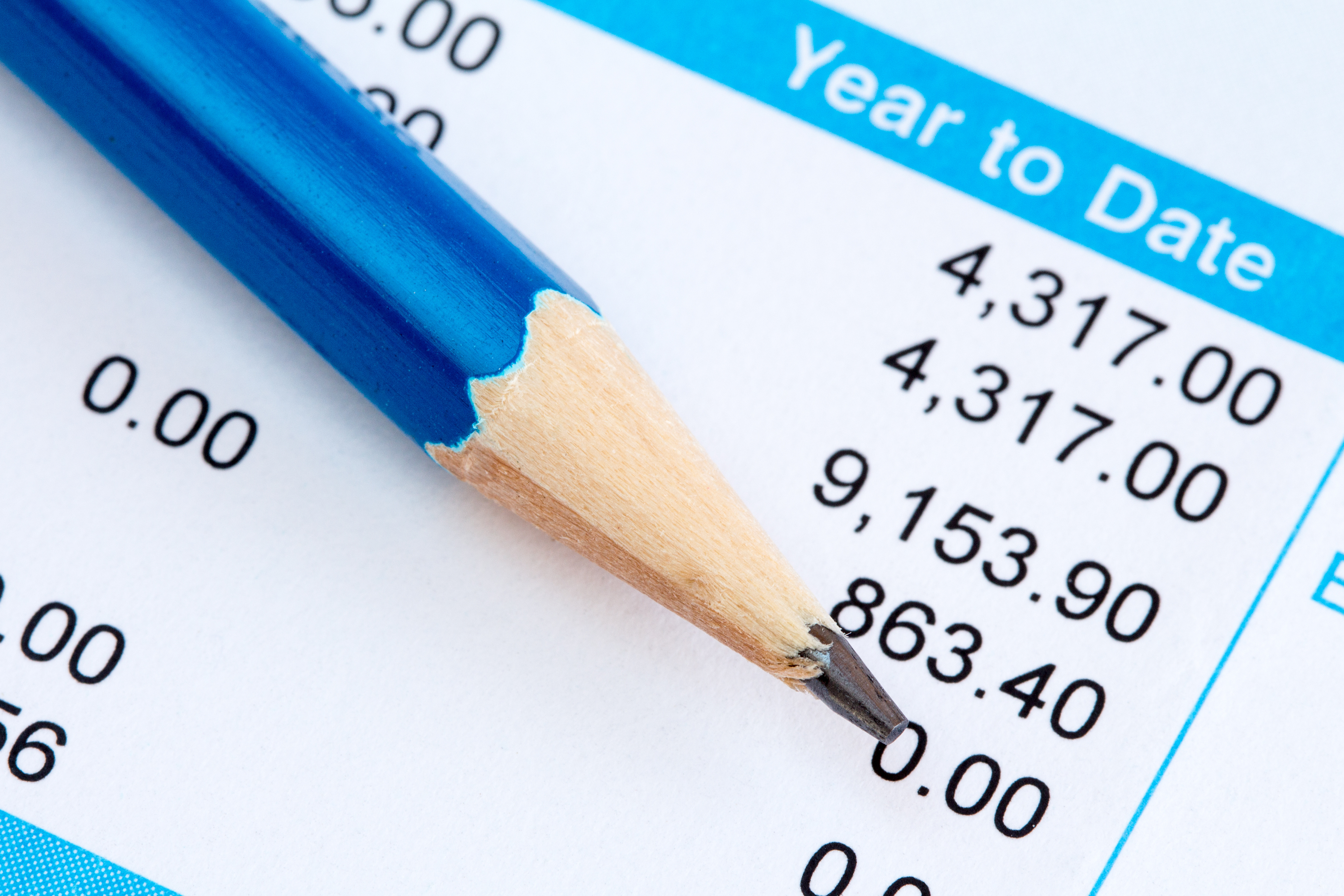In 2018, Massachusetts passed a landmark bill requiring all employers in the state to provide workers with paid family and medical leave (PFML), giving Massachusetts one of the most generous paid family and medical leave programs in the country. At the time of the legislature, the state outlined a three-year approach, with deadlines for employer and employee contributions into the Family and Employment Security Trust Fund, through which the program will be funded.
As businesses have navigated the COVID-19 pandemic over the course of 2020, many were forced to shift to a remote workforce temporarily. As the pandemic continues, employers and employees have adjusted to this new way of working, and many companies are now considering shifting to this model permanently. This change can provide many benefits, including reduced overhead, increased communication, improved employee satisfaction, and reduced carbon footprint. However, there are impacts to risk exposure as well.
The Financial Accounting Standard Board (FASB) recently released a new lease accounting standard, which took effect for public firms on January 1, 2020, and will take effect for private firms on January 1, 2021.
The new lease accounting standard will require companies to record operating leases as both liabilities and assets on their balance sheets to give a more complete picture of a company’s financial obligations.
The subject of payroll has been top-of-mind for business owners this year. The COVID-19 pandemic triggered economic changes that caused considerable fluctuations in the size of many companies’ workforces. Employees have been laid off, furloughed and, in some cases, rehired. There has also been crisis relief for eligible businesses, including the Paycheck Protection Program and the payroll tax credit.
What gets measured, gets done. KPIs—or Key Performance Indicators—are an essential measurement tool used by successful businesses across all industries to track performance against benchmarks and achieve short- and long-term goals. For contractors, incorporating the right KPIs into your management toolkit can improve both your business and your bonding capacity.
3 Ways Staffing Firms Can Use Technology to Increase ROI
In today’s technology-driven world, successful businesses across all industries must constantly be adapting to and utilizing new solutions and technologies to stay ahead of the curve. In the staffing industry, agencies are using internet-based solutions to boost the reach of their job postings and meet with candidates wherever they are online. Never has this been more obvious or important than in 2020, when virtual interviews have become the norm.

